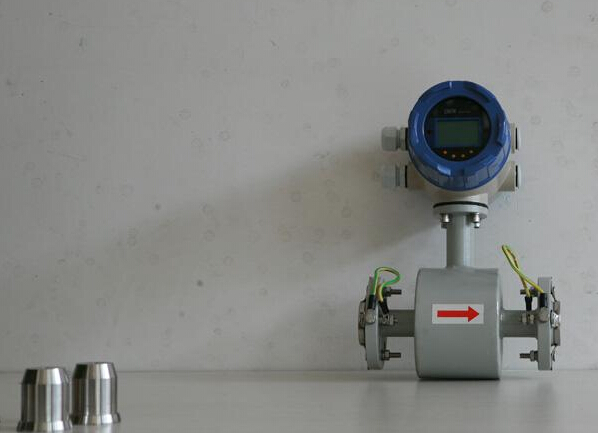
At the flow measurement level, the adaptability of electromagnetic flowmeter is relatively strong. Regardless of whether the measured medium is liquid or liquid-solid two-phase medium, if its conductivity is within a certain range, electromagnetic flowmeter can generally be used to accurately measure its total volume flow.In order to properly use the intelligent transmitter, the following aspects can be considered according to the practical application standards:

At the flow measurement level, the adaptability of electromagnetic flowmeter is relatively strong. Regardless of whether the measured medium is liquid or liquid-solid two-phase medium, if its conductivity is within a certain range, electromagnetic flowmeter can generally be used to accurately measure its total volume flow.In order to properly use the intelligent transmitter, the following aspects can be considered according to the practical application standards:
General principles of electromagnetic flowmeter selection
(1) whether the measured medium is conductive liquid or slurry, thus deciding whether to use electromagnetic flowmeter;
(2) the conductivity of the measured medium determines the type of electromagnetic flowmeter -- high conductivity or low conductivity;
(3) the nominal diameter of the maximum, minimum and commonly used flow rate process pipeline required by the process, determines whether the flow rate of the medium is at the relatively economical flow rate point, whether the pipeline needs to change its diameter, and finally determines the diameter of the flowmeter;
(4) determine the use of type I or type iii flowmeter and the protection level of the flowmeter according to the layout of the process pipeline;
(5) choose the electrode type according to whether the measured medium is easy to crystallize and scar;
(6) choose electrode materials according to the corrosiveness of the measured medium;
(7) the corrosiveness, wear-out and temperature of the tested medium determine the lining material;
(8) the highest working pressure of the measured medium determines the nominal pressure of the flowmeter;
(9) insulation of process piping determines the type of grounding ring
(1) whether the measured medium is conductive liquid or slurry, thus deciding whether to use electromagnetic flowmeter;
(2) the conductivity of the measured medium determines the type of electromagnetic flowmeter -- high conductivity or low conductivity;
(3) the nominal diameter of the maximum, minimum and commonly used flow rate process pipeline required by the process, determines whether the flow rate of the medium is at the relatively economical flow rate point, whether the pipeline needs to change its diameter, and finally determines the diameter of the flowmeter;
(4) determine the use of type I or type iii flowmeter and the protection level of the flowmeter according to the layout of the process pipeline;
(5) choose the electrode type according to whether the measured medium is easy to crystallize and scar;
(6) choose electrode materials according to the corrosiveness of the measured medium;
(7) the corrosiveness, wear-out and temperature of the tested medium determine the lining material;
(8) the highest working pressure of the measured medium determines the nominal pressure of the flowmeter;
(9) insulation of process piping determines the type of grounding ring

hotline
(86)021-57632436